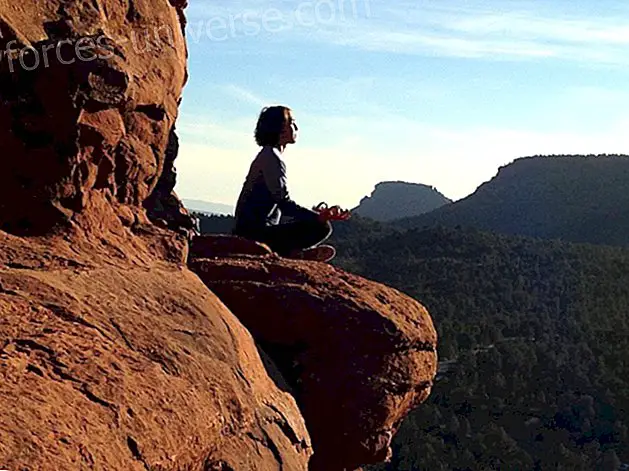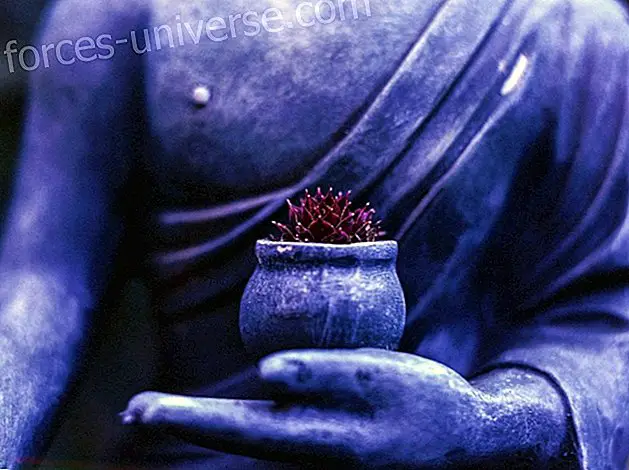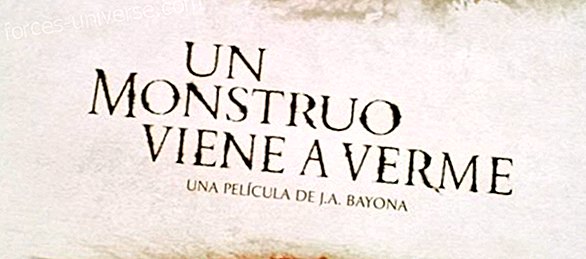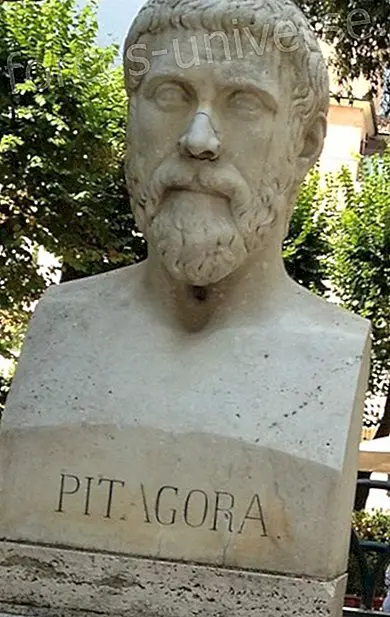
Reflexovertebrotherapy is a combined technique that arises from techniques such as Therapeutic Massage, Reflexology, Chiropractic, Shiatsu
The Massage, appeared in the East, approximately 2, 700 years ago (AC). It has been going through an important evolution until reaching our days. It has been perfected and developed until the late nineteenth and early twentieth centuries, massage is no longer applied empirically, but scientifically.
Foot Reflexology is a technique that works with the nervous reflex of the body at the metamorphic level and at the zonal level. Using a map of points we can locate and treat a specific organ from a distance. Acceding to see if that organ reflected in the point is doing its functions correctly. Its physiological bases, the different methods and the indications of each particular technical modality are studied.
Chiropractic is a discipline founded by David Daniel Palmer and he discovered it by observing the shepherds and collecting data on how these men worked as hosts, and were called by the people so that the same thing they did with the animals did with them, before a twist, etc.
This technique consists of repositioning and restoring joint movement, so that the vital functions of that joint are not blocked.
Shiatsu is a word composed of shi (meaning fingers) and atsu (meaning pressure) .This technique emerged in Japan, combines massage with pressures at certain points. These points have a direct relationship with acupuncture meridians. This discipline was founded in the last century by a Japanese therapist named Namikoshi.

Reflexovertebrotherapy is based on the study and application of the sum of all these techniques seeing and assessing that in the spine is the direct reflection of the central nervous system and that through it passes all the information that will go to the rest of the body, both to venous, lymphatic, energetic, nervous and structural level.
The areas through which this information comes out are called conjunction holes and each vertebra has two exits that will make a connection in a given area:
The first and second cervical vertebrae stimulate the centers of origin of the four upper cervical nerves and have a powerful effect on the pneumogastric and phrenic, and on all cranial nerves. It influences the eyes, ears, heart, diaphragm and nutrition of the brain, so that treating it relieves or prevents vertigo and memory amnesia or weakness.
The third cervical vertebra strengthens the teeth and gums, and helps to cure diseases of both organs. Stimulates the action of the heart and lungs.
The fourth and fifth cervical vertebrae is an effective preservative of hemoptysis or hemorrhages of the lung; It tones the lungs and the phonation apparatus, as well as relieves some forms of asthma. It is an auxiliary in the treatment of exophthalmic goiter and stops epistaxis or nosebleed. It also stimulates the action of the adrenal glands.
The sixth cervical vertebra is very beneficial for the phonation apparatus, and in the treatment of all forms of goiters. Stimulates the heart, stomach and lungs. Strengthens the head and arms and increases the overall body temperature.
The seventh cervical vertebra is very important to combat the weakness of the heart, as it is the most strengthening center of this organ. Constrict blood vessels throughout the body. It is effective in coryza, colds, flu and nephrosis. It has a marked effect on the treatment and healing of exophthalmic goitre, will favor the return of a fainted person, and will serve as a powerful aid in artificial respiration. It relieves the coldness of the extremities and angina pectoris. Avoid aneurysm and reduce arteriosclerosis.
The first and second well-made dorsal vertebrae produce the following therapeutic effects: it stimulates the activity of the heart, contracts the muscles of the eye and interlocks the sigmoid flexure of the colon.
The third dorsal vertebra has the most noticeable effect of stimulating the solar plexus, stomach and lungs while dilating the heart and contracting the pylorus; Relieves any chest trauma.
The fourth dorsal vertebra stimulating the entire central nervous system and spleen. Strengthens the myocardium or heart muscle whose palpitations regulate.
The fifth dorsal vertebra favorably influences the solar plexus and all the organs innervated by derivations of this plexus. It stimulates the liver and the pancreas, dilates the pylorus and consequently favors the easiest emptying of the stomach, as well as facilitates the peristaltic action (beating movement) of this viscera.
The sixth, seventh and eighth dorsal vertebrae. It dilates the lungs, stimulates the activity of the kidneys, the splenic nerves and the organs innervated by them.
The ninth dorsal vertebra is an effective auxiliary in the treatment of renal and biliary lithiasis, that of respiratory diseases.
The tenth and eleventh dorsal folds. It has vasodilator action. Activates intestinal digestion, fights constipation, increases the number of red blood cells. However, it is not convenient when the heart is dilated or there is arterial aneurysm.
The twelfth dorsal vertebra Quickly reduces prostate hypertrophy. Stimulates the activity of all viscera of the pelvic cavity, constricts the sphincter of the urinary bladder and promotes the healing of urinary incontinence.
The first , second and the lumbar vertebrae. Constrict all viscera of the abdominal cavity. Avoid uterine hemorrhages. It contracts the sphincter of the urinary bladder and also favors the treatment of urinary incontinence and other bladder disorders.
The fourth and fifth lumbar vertebrae. Tones to the urinary bladder. Strengthens the lower extremities, while favoring the treatment of disorders of the rectum.
The sacral vertebrae. It has very favorable effects on the rectum and urinary bladder.
This technique allows to know and work in depth the spine and its physiology (joints, muscles, ligaments). Knowing and treating each nerve outlet (cranial nerves and spinal nerves), which will improve the patient's quality of life.
So we can detect anomalies when they are only latent and refer patients to the corresponding specialist.
Any technique that helps our body to achieve a healthy well-being has to be well received, but if, moreover, that technique is manual, natural and non-aggressive, it will result in a greater benefit in our structure. Physical
And if even that technique is capable of relating the physical part to the mental part, better results can still be achieved that will benefit our overall state of well-being more. .
One of those techniques is Reflexovertebrotherapy.
By María Martrat Hugu .
Therapeutic Massage Teacher and Manager of the VIPASSANA SCHOOL www.vipassana.es






